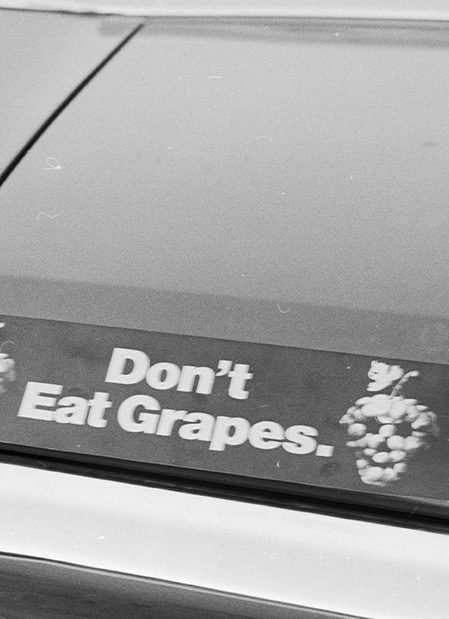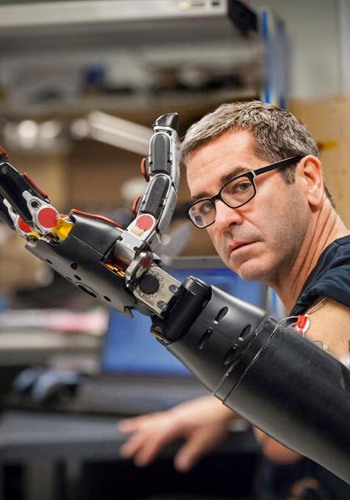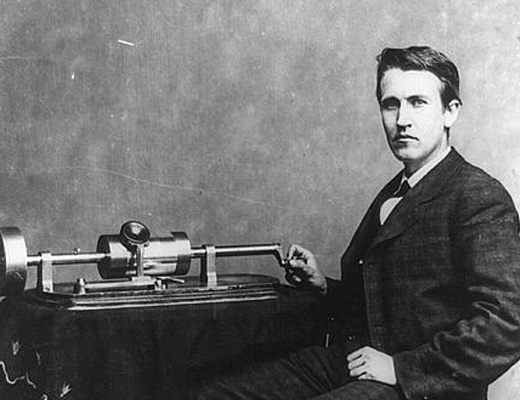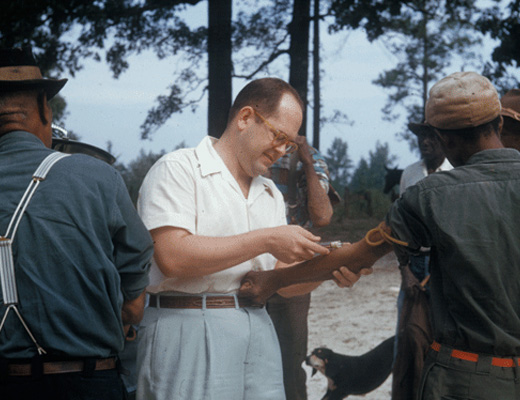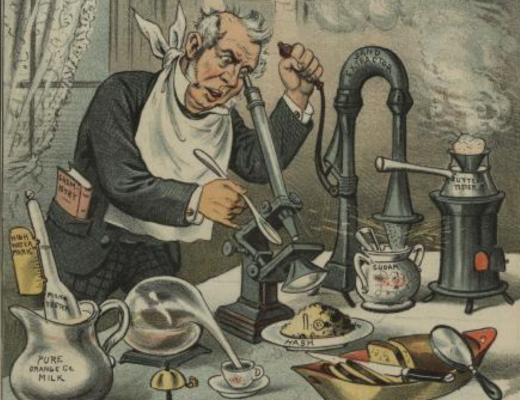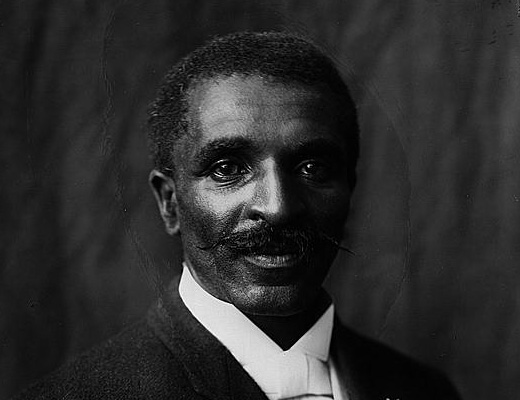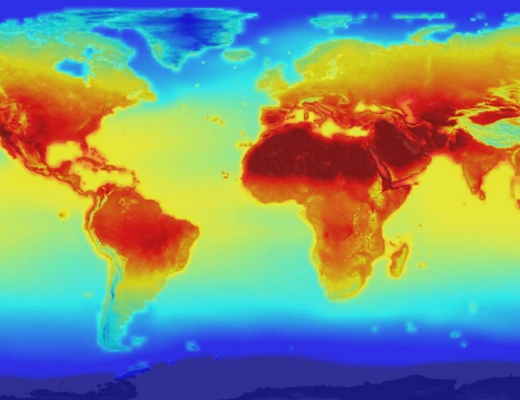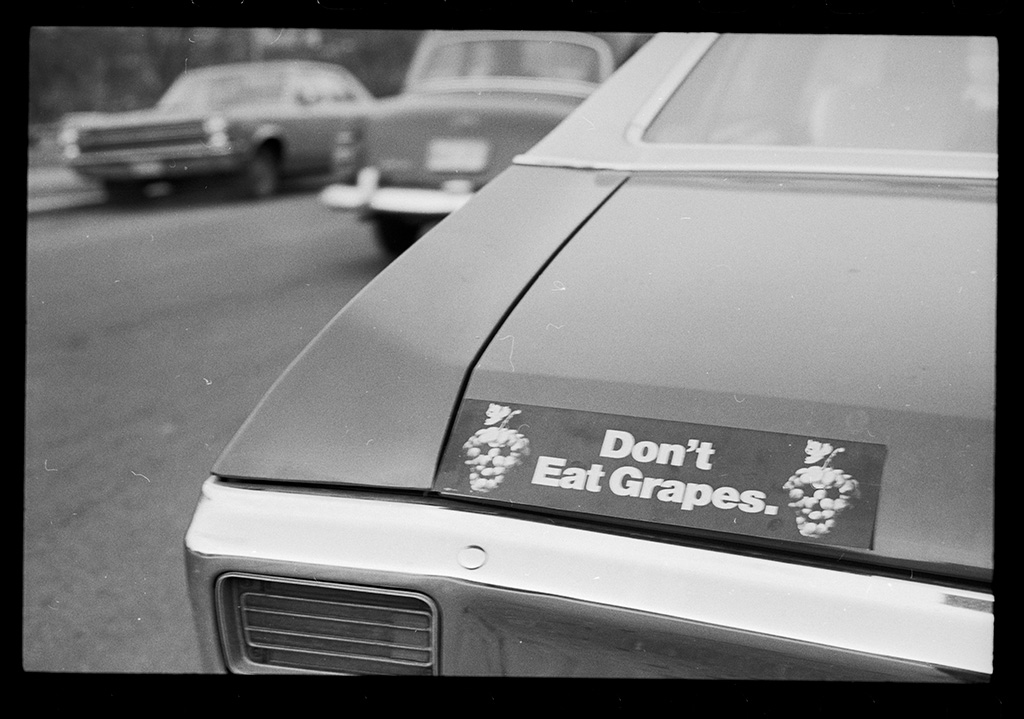The industrialization of agriculture radically transformed how the vast majority of food is produced in the U.S. The Green Revolution, led by Nobel Prize winner Norman Borlaug, began as a way to end hunger by genetically modifying wheat, rice, and corn crops so that they yielded more grain on the same amount of land. The methods developed to mass-produce food came with underlying economic, public health, and environmental costs, however, and organic farming was developed partly as a way to address that impact.
Directions
Watch the video excerpt below and answer the following questions.
“High Tech Food.” The NewsHour with Jim Lehrer. Edited version. April. 4, 2000. Permission has been granted for educational purposes only, courtesy of NewsHour Productions via American Archive of Public Broadcasting (WGBH and Library of Congress)
Questions
Annotate this Image
Directions: Analyze the excerpt from Anne Lappe and Frances Mooore Lappe, utilizing the Annotator to help you. You may also want to watch the clip (35:18-37:49) on American Archive here. Then use the annotation tool to take notes on the following questions.
- What does this video excerpt help you see, think, and wonder?
- Does the way this information is presented—a question and answer forum—add or detract (take away) from your understanding of it? Why?
- Why does Frances Moore Lappe say that a shift from the industrial chemical farming system to organic farming is necessary?
- How does Frances Moore Lappe envision this shift occurring? Annotate two specific actions she suggests taking.
Source: “Harvard Book Store; WGBH Forum Network; Anna Lappe and Frances Moore Lappe: Diet for a Hot Planet.” 2010-04-27. WGBH, American Archive of Public Broadcasting (GBH and the Library of Congress), Boston, MA and Washington, DC. Web. September 13, 2022. American Archive
Use the toggle button above to switch to Magnify Mode. Magnify mode will help you see finer detail in the image.
Switch back to Annotate Mode to create your annotations with click and drag.
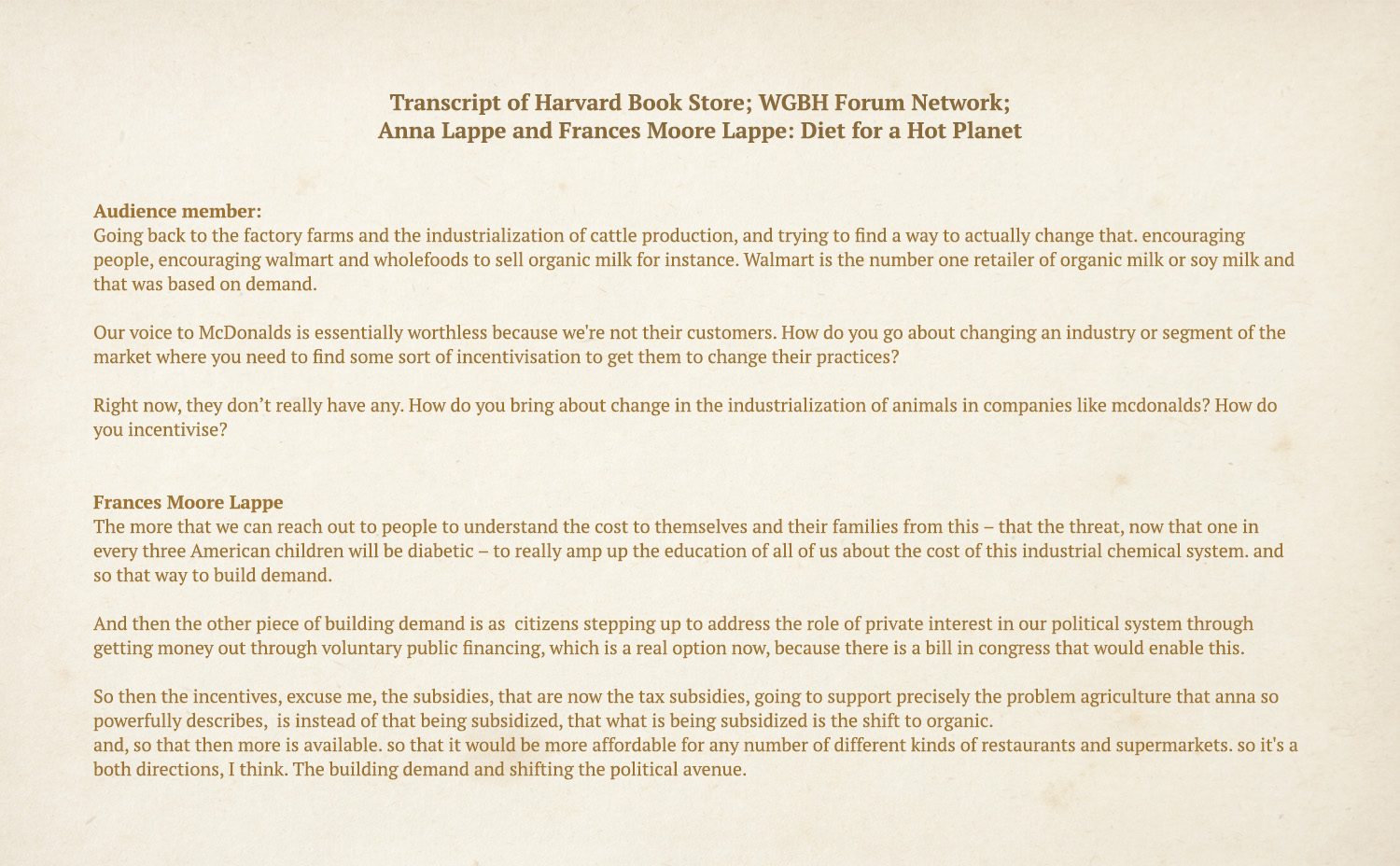
Your Annotations
Puzzler
Directions: Take a look at the different sections of the illustration one by one and answer the question that accompanies each section. At the end, you will see the completed image.
Source: Library of Congress

Cropped Image 1
Name three specific things you notice about this portion of the image (top left).
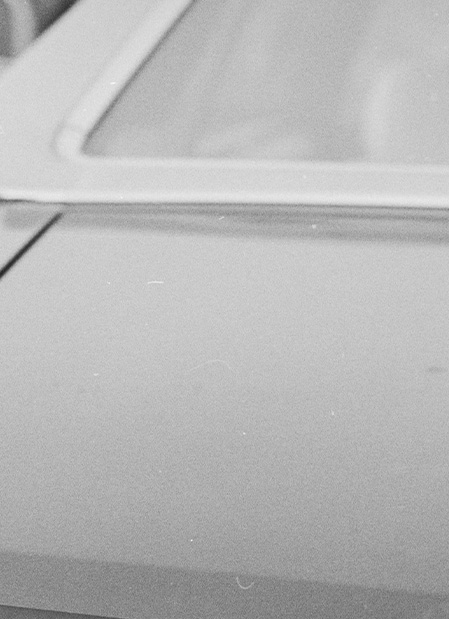
Cropped Image 2
Judging by the cars, what time period do you think this image is from? (top right)
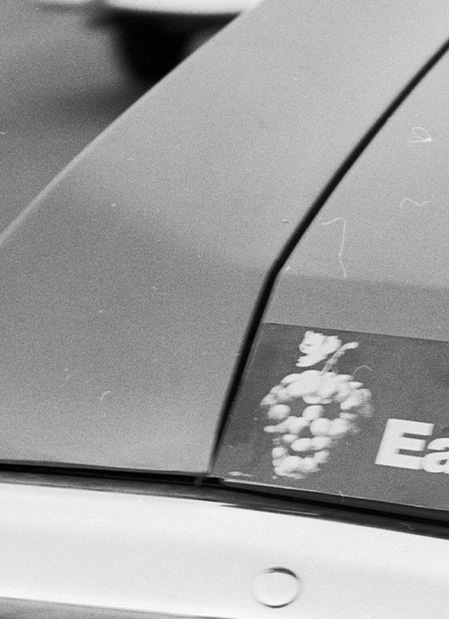
Cropped Image 3
What do you think the image on the hood of the car might be about? (bottom left)
